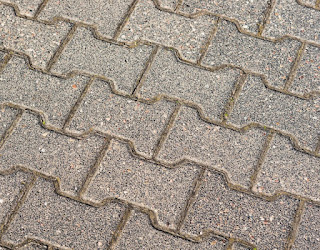“Interlocking Floor Tiles vs. Traditional Flooring: Which is Right for You?”
Contemporary floor designs have modern, sleek, and minimalist aesthetics. Due to the minimalist approach, contemporary home decor is now converted into very sleek yet aesthetically appealing flooring. One benefit of having contemporary minimalist flooring is that it can be customized as per individual style and design preferences. Contemporary designs are a great way to showcase creativity and interior spaces that have more comfort and personality.
Within contemporary floors, there are many designs such as wide plank hardwood, geometric tiles, polished concrete, and bold carpets. However, interlocking tiles and traditional flooring are still dominating floor designs in many regions. For many, interlocking tiles and traditional flooring create confusion since both floor designs have their advantages and disadvantages when finishing a building or home. Thus, it is important to understand what exactly interlocking floor tiles and traditional flooring are and which of the two is right for your building.
Interlocking floor tiles
Interlocking floor tiles are the types of flooring that are designed to be connected without the use of any external nails, adhesive, or screws. The interlocking floor features allow the floor to snap together securely and have a durable surface. Interlocking floors are typically secured with the help of PVC, rubber form, resin or proxy. These secure interlockings can be in different textures and a variety of colours and patterns.
.jpg)



Comments
Post a Comment